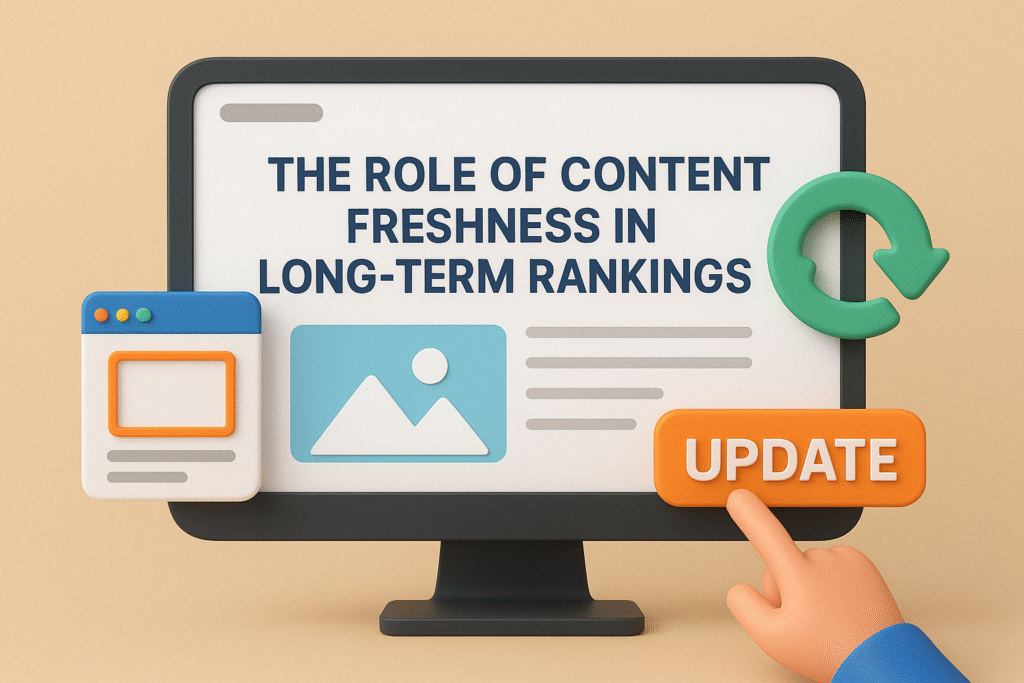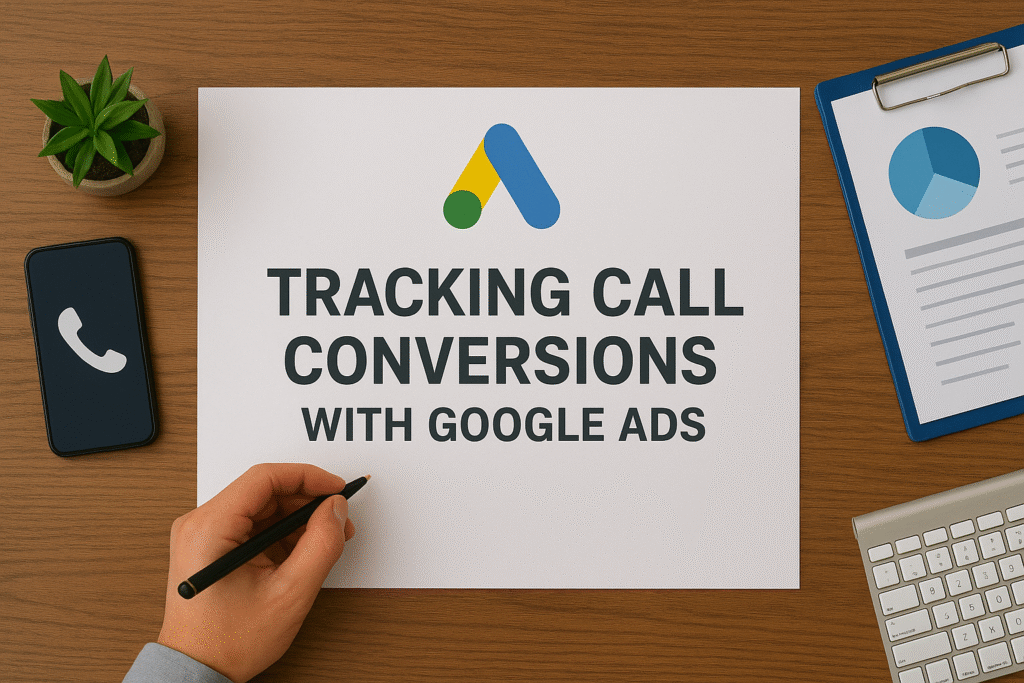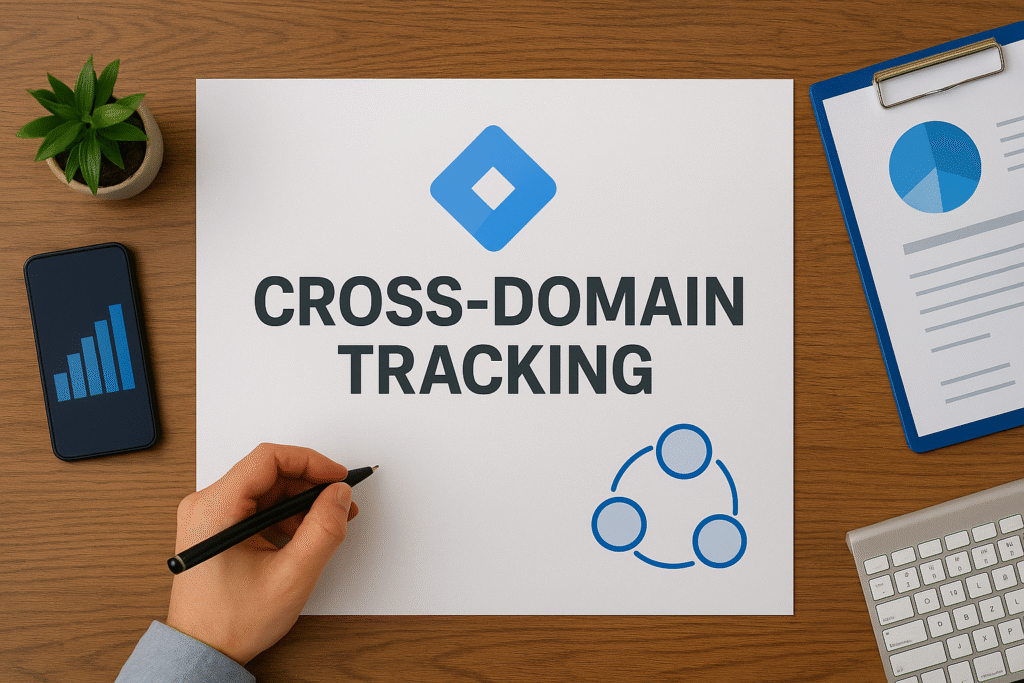I’ve seen it countless times — websites with tons of content but struggling to rank consistently. When I dig in, I often find the same culprit: SEO cannibalization. It’s more common than most people realize, especially on sites that publish frequently. Today, I’ll walk you through how I go about fixing SEO cannibalization through one of the most effective techniques I use: content consolidation.
“According to Moz, SEO cannibalization can significantly dilute ranking signals and prevent any one page from ranking well.” (Moz)
Let me break down my step-by-step process so you can stop your content from competing against itself — and start getting the rankings and traffic your content deserves.
What is SEO Cannibalization?
SEO cannibalization happens when multiple pages on your site are targeting the same keyword or topic. Instead of helping your SEO, this internal competition actually confuses search engines and spreads your authority too thin.
You might notice:
- Traffic is fluctuating across related pages
- Your ranking position keeps dropping
- Google ranks the wrong page for your target keyword
“Pro Tip: Cannibalization doesn’t just hurt rankings — it wastes crawl budget and splits backlinks across weaker URLs.”
Step 1: Identify Cannibalizing Content
The first thing I do is gather all site content targeting overlapping topics. I use Ahrefs and Google Search Console to pull reports of:
- Pages ranking for the same keywords
- Keywords with multiple URLs in SERPs
- Fluctuating impressions and positions
Then I use a spreadsheet to list:
- Page URLs
- Focus keyword(s)
- Organic traffic data
- Referring domains
“Pro Tip: Use a color-coded sheet to spot clusters of cannibalization. Look for pages with similar titles or duplicate subtopics.”
Step 2: Evaluate the Pages
Once I’ve identified overlapping content, I go page by page and ask:
- Which page has the strongest backlinks?
- Which one has the best engagement metrics?
- Is there content overlap or does each page serve a distinct user intent?
I use Google Analytics and Surfer SEO to compare engagement and optimization.
If the pages serve the same intent, I know it’s time for consolidation.
Step 3: Plan Your Consolidation Strategy
Here’s how I decide which page becomes the “primary” piece:
- Highest ranking or authority
- Most comprehensive content
- URL structure preference (shorter, clean URLs win)
Then I:
- Merge relevant content into the primary page
- Use 301 redirects for the outdated or secondary pages
- Update internal links to point to the new consolidated URL
“Pro Tip: Always update your sitemap and request indexing after consolidating pages — it speeds up Google’s recognition of the new structure.”
Step 4: Rewrite and Optimize the Master Page
Consolidation isn’t just copy-pasting paragraphs. I rewrite and restructure the new master page to:
- Eliminate redundancy
- Strengthen keyword targeting
- Add new data, visuals, or insights
Also I make sure to include LSI keywords and internal links to related high-value pages.
I use Yoast SEO to ensure meta tags, readability, and on-page elements are fully optimized.
“A well-optimized consolidated page can absorb the rankings and authority of all redirected pages within weeks.” (Search Engine Journal)
Step 5: Track Performance Post-Consolidation
After pushing the changes live, I track performance for 30–90 days. I look at:
- Ranking improvements for target keywords
- Organic traffic lift to the consolidated URL
- Decline in indexed duplicates or cannibalizing pages
I track this using Looker Studio and regular GSC checks.
“Pro Tip: Set a comparison view in GSC for the consolidated URL to monitor improvement over time.”
Tools I Use for Fixing SEO Cannibalization
Here’s what I always keep in my toolkit:
- Ahrefs: Keyword and SERP overlap tracking
- Google Search Console: URL performance data
- Google Analytics: Engagement and bounce insights
- Surfer SEO: Content comparison and keyword audit
- Yoast SEO: On-page optimization
- Looker Studio: Reporting and performance tracking
Final Thoughts
If you’ve been struggling with keyword volatility or confused rankings, chances are your site is suffering from SEO cannibalization. But the fix doesn’t mean deleting content — it means consolidating your value into stronger, more authoritative pages.
“Pro Tip: Less is more when it comes to SEO. Focus on depth, not volume — especially in 2025’s algorithm climate.”
If you want my full worksheet and template for diagnosing cannibalization, check out my SEO audit framework where I walk through this process in even more detail.




































